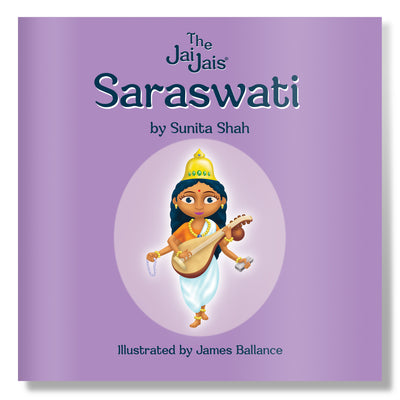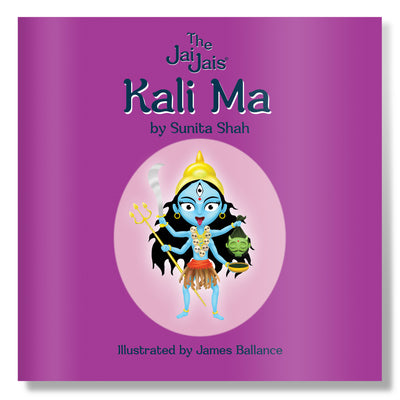Makar Sankranti is known as the ‘Kite Flying Festival’, it falls on the 14th January every year. It is a very auspicious day. It is dedicated to the Lord of the Sun. To Hindus, the sun stands for knowledge, spiritual light and wisdom. It refers to a specific solar day in the Hindu calendar. On this day, the sun enters the zodiac sign of Capricorn or ‘Makar’ which marks the end of winter month and start of longer days. On Makar Sankranti, the sun begins its journey northward.
Although this harvest festival is celebrated on the same day across the India, it is celebrated in different regions, with different traditions that highlight the rich and vibrant cultural of each place. country.
Uttarayan: The word Uttarayan is derived from two Sanskrit words – Uttara (North) and Ayana (Movement). According to Hindu Puranas, on the day of Sankranti, the Sun enters the zodiac sign Makara (Capricorn) that means the sun starts to move towards north from that day onwards.
Uttarayan is celebrated in western state of Gujarat, this major festival is well known for displaying kite flying skills. Each year this auspicious day is celebrated as International Kite festival.
Our minds are also like these colourful kites. Strong kites can fly high all day long, while the weaker ones are cut soon and they fall back to the ground. Likewise, positive thoughts help us succeed in whatever we set out to do and negative thoughts hinder our progress.
Pongal: In South Indian state Tamil Nadu this festival is called Pongal that signifies the successful harvest of the season and people thank Sun god for blessing with a rich harvest.
The main tradition of this festival is to cook a special dish Pongal. The name Pongal is derived from the Tamil word pongu which means “overflow” so on this auspicious day, a new clay pot filled with freshly harvested rice, milk, jaggery, cooked until it boils and overflows from the pot. The overflow of rice is regarded as abundance and prosperity.
Maha Bihu: It is also called Bhogali Bihu celebrated in the Eastern state of India, Assam. The celebration features buffalo fighting and fun game tekeli bhonga (pot breaking).
Maghi: In the North Indian state Punjab Maghi signifies the end of winter season and start of the agricultural New Year and increasing daylight time.
Poush Parbon: In Eastern Indian state West Bengal the Sankranti is called Poush Parbon, named after the Bengali month in which the festival falls on.
(Ref: Sanskruti Manchester)
Sesame and jaggery ladoos or chikkis are distributed on this day. Popularly referred to as til-gud. The sweet signifies that people must stay together in peace and harmony despite their differences. Sesame seed is black on the outside, and white on the inside. The message it gives us is, 'Maintain purity inside.' If you scrub the sesame seed, it becomes white outside.
The Historical Meaning
Mata Mahishasurmardini – a powerful avatar of Goddess Durga, had descended with the purpose of destroying Mahishasura. The Goddess had first set foot on earth, in the Kataraaj ashram of Rishi Kardam.
Capricorn is the sign of Saturn (shani); the sun on this day enters the house of Saturn. The sun is the father of Saturn and as per Hindu mythology, father (sun) and son (shani) don’t get along. It is also believed that on this day Lord Sun visits God Shani who is the owner of the constellation ‘Makar’. However, it was Shani's responsibility to take care of his father. Hence, this day signifies unity. Both Saturn and Sun are mighty planets whose auspicious blessings can make humans achieve great success. Hence on Makar Sankranti, people pray to both Sun and Saturn.
In the epic of Mahabharata, an episode mentions how people in that era also considered the day as auspicious. Bhishma Pitamah even after being wounded, lying on the bed of arrows, did not sacrifice his life. In the Mahabharata war he waited until Uttarayan set in so that he could attain heavenly abode inauspicious times. It is said that death on this day brings ‘Moksha’ or salvation to the deceased.
Another story is that on this day King Bhagirath brought Ganga to earth, thus providing moksha to 60,000 sons of Maharaj Sagar.
(Ref:Rygan & Radhi Bahl)
Let us keep our kite soaring higher and higher through our positive thoughts, actions and attitude. Makar Sankranti signifies that we should turn away from the darkness, and begin to let the light within us shine bright. We should grow in purity, wisdom and knowledge just as the sun does from this day. Sun stands for all ideals; its message is that of light, unity, equality and true selflessness.
Happy Kite Flying...Hope it is windy where you are












